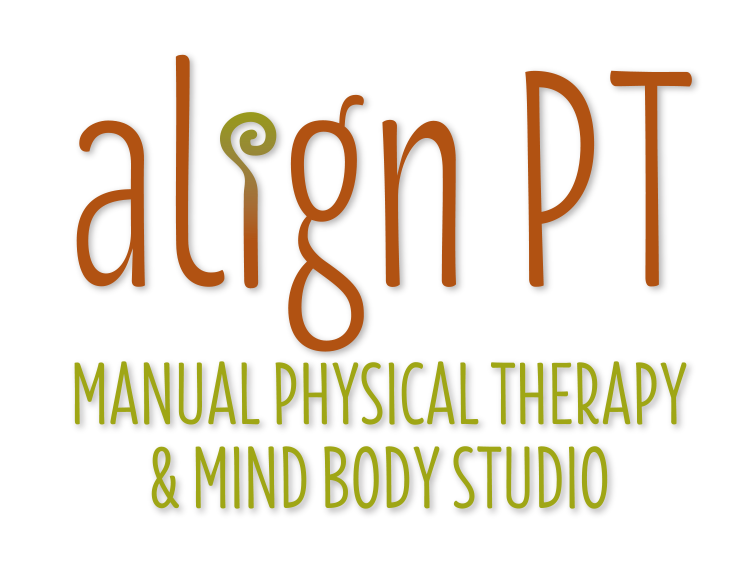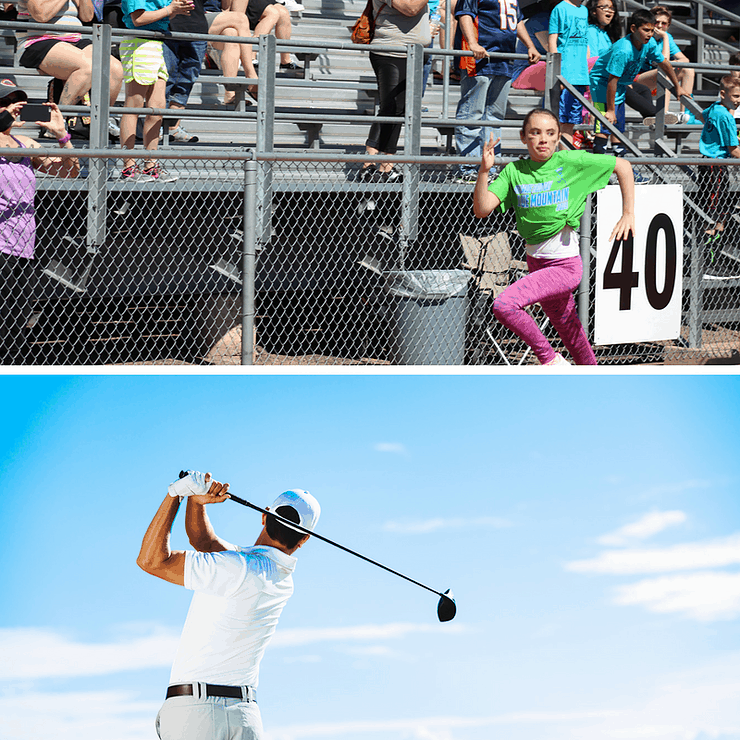by Michele Forsberg PT, MS ~
Over the years I have had physical therapy patients come to visit me and many of them tell me that they have been told OR they have come to the conclusion on their own that what they are lacking is core strength.
If they could only strengthen their core, all their problems would be solved. There was a time I must admit that I bought into that philosophy and had my patients doing plank challenges, holding their core in a sustained contraction over long periods to help them get their desired results. Through my studies though I am reminded of the things I’ve learned throughout the years; that what we really need is trunk mobility AND the ability to access and activate the proper core muscles (which include the pelvic floor) when the need arises.
This means we need to train the core muscles to develop strategies designed to stabilize us in the tasks our individual bodies utilize on a regular basis. So, as much as I love a good plank challenge, in my world it doesn’t really translate into a good strategy to fit my needs. (In fact, it may have led to some restrictions from over activating the wrong muscles that were holding me back.)
I like to run, to dance, and I even like martial arts/kick boxing classes, all of which require my upper body to rotate in opposition of my lower body. They also require that different muscles be activated at different intervals rather than all at once like in a plank.
I am almost 2/3 of the way finished with this amazing year-long clinical mentorship in the Integrated Systems Model (aka ISM, more on this later), and during the course we spend a lot of time digging into the relationship between the thorax (rib cage region of the torso) and the pelvic girdle. In the course we emphasize the importance of having a functional thorax, capable of opposite rotations in order to effectively perform movements like walking, running, swinging golf clubs, tennis racquets and the like.
See beautiful examples of thoracic rotation in the photos above of my daughter running a race and a golfer taking a swing. The thorax needs freedom of movement but it also needs to be controlled in order to handle compressive loads. It’s got important connections to the neck, head and shoulders, and it’s also houses some of the abdominal organs, diaphragm, heart, lungs and sympathetic nervous system. Through fascia and muscles like the psoas, abdominal and spinal muscles the thorax works in concert with the pelvic girdle, hips and legs to provide stability and motion of the torso.
My personal epiphany: In my last ISM training we uncovered that my 3rd and 4th ribs were shifted out of place and were the cause of my pelvic floor weakness; this was found by correcting the rib alignment and witnessing the dramatic improvement in my pelvic muscle function. Recently during my runs, I had been having an increasingly hard time really breathing and expanding my ribs and allowing my diaphragm to descend with my inhalation.
My energy levels also were lower especially while running. I also linked this restriction to some worrisome chest pains I had been having in the past 5 months, which made no sense for someone with such stellar cardiac health. Here comes the epiphany… during one of my runs a few weeks ago I was feeling stifled in my rib cage, I couldn’t take a deep breath, my gut felt wrenched.
I thought about my recent rib discovery and a little voice in my head said “pump those arms more” …”rotate your thorax.” And so I did, and it felt great, I felt a little release in the tissues beneath my breast bone. Suddenly I could take a deeper breath, my legs were taking longer strides. When I got home, I was full of those endorphins I hadn’t felt in awhile. I had more energy and was experiencing a sense of euphoria. Here’s the crazy part, my running pace improved; for the first time in years I was running in under a 10 min mile!
What did I do specifically?
- Brain Mapping: I intentioned and visualized a new strategy for my body to follow during my run, I coached myself to get into an easeful movement pattern that allowed me to free things up without overdoing it. In the ISM model, making new brain maps for patients to create new strategies is one of the key components.
- Mobilization: From the ISM training I realized that I had some funky business going on in my upper ribs so knew the shoulders were going to have an effect on it. Pumping my arms and twisting my trunk mobilized my rib cage and the fascial connections that were restricting my diaphragm from moving freely. By incrementally increasing my range of motion during my arm swing I was able to get a good release of that tissue.
What’s the take-home message here? If you’ve got the message somehow that your core needs strengthening to help alleviate your pain or your dysfunction, it could be true and even likely that your core is involved. Planking, Pilates class, crunches, and the like may not give you the results you are looking for though. Often times doing these activities make folks activate muscles like the rectus abdominus (6 pack abs) rather than the deep core muscles like the transversus abdominus and the pelvic floor muscles, then they don’t realize that there is still an imbalance in regards to load transfer on one side, causing asymmetry or wreaking havoc in the system.
You can plank til the cows come home, but knowledge is power when it comes to healing and mechanical issues. Working with professionals who can spend the time needed to assess what is going on with your body is ultimately the best thing you can do. Looking at your alignment, figuring out which area of your body is not able to transfer loads and what weak link in your system is the main contributor is important. Releasing the offending tissues that are keeping your body out of alignment is another component in making lasting changes.
Finally, when you have used a dysfunctional strategy in your body over time, your brain and the nervous system sometimes want to hold on to those old strategies, which is why problems often reoccur. Learning new strategies and movement patterns to create a new brain map will make the positive change stick. Simply having an adjustment or releasing tight muscles isn’t going to keep you out of trouble over the long haul. A nervous system connection needs to be made, in addition to a deeper knowledge of what your pattern is.
We are really dedicated to looking thoroughly at our patients’ mechanics of movement and taking the emotional barriers, and other aspects of their lives into consideration when providing treatment plans. For me learning ISM will only sharpen the tools I already have in my toolbox and allow me to treat more confidently than ever. Bringing Keelin Regan-Reed in to join me has been most fortuitous in that she is quite an expert at biomechanical evaluation and proficient in finding the root cause of our patient’s problems.
I can’t imagine finding a more suitable team member to deliver the best physical therapy by using this kind of approach. Keelin likes to talk about finding her patients’ “unique fingerprint”, I kind of like that terminology, it’s very fitting. We’re here to answer your questions, feel free to reach out to us or request a virtual or in-person Discovery Visit (at no cost) to see if we can help you uncover what’s causing your dysfunction.

